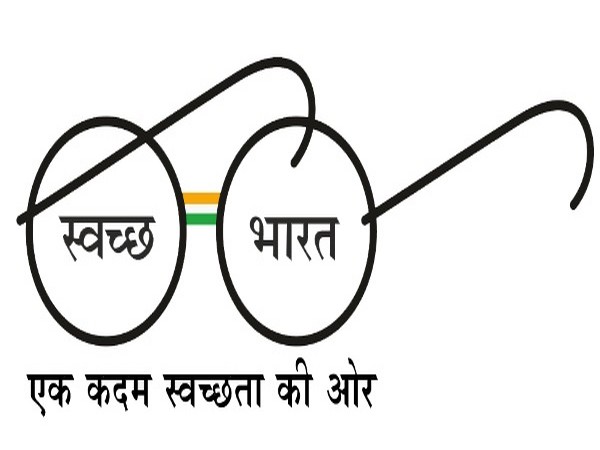Annual economic gains of USD 727 per household under Swachh Bharat Mission, says study
The annual economic gains from sanitation under Swachh Bharat Mission (SBM) are to the tune of USD 727 per household, a research paper has said.

- Country:
- India
The annual economic gains from sanitation under Swachh Bharat Mission (SBM) are to the tune of USD 727 per household, a research paper has said. The paper authored by Guy Hutton, Nicolas Osbert, Sumeet Patil and Avni Kumar on `Comparison of the costs and benefits of the Clean India Mission' also said that that the returns to society on total spending over 10 years is 4.3 times the cost.
The paper, published in ScienceDirect, said that the poorest have a financial return of 2.6 and societal return of 5.7 times the cost. "Given India's sheer size and diversity, the enormity of the task should not be underestimated. In the year 2015, 59 per cent of rural households and 12 per cent of urban households in India did not have a sanitary toilet despite more than a decade of sanitation programmes such as the Total Sanitation Campaign and later Nirmal Bharat Abhiyan leaving 522 million people still practising open defecation nationally," the paper said.
"Investment costs average USD 396 per latrine and average annual operational costs are USD 37 (financial) and USD 94 (time costs). Annual benefits of USD 727 per household are mainly from savings associated with reduced diarrhoea incidence (55 per cent) and from sanitation access time savings (45 per cent)," it added. SBM was launched in October 2014 and is the world's largest sanitation campaign.
The findings also said that the financial returns on household spending over 10 years is 1.7 times the cost. "The estimated Benefit-Cost Ratios (BCRs) are 1.7 (household financial perspective), 4.5 (household economic perspective) and 4.0 (societal perspective) under Open Defecation Free (ODF, corresponding to 100 per cent toilet coverage and usage) scenario," the research paper said.
"However, under partial-ODF scenario with 85 per cent toilet use rate, the BCRs are 1.1, 3.3 and 3.0, respectively. Probabilistic uncertainty analysis shows that the financial BCRs under the partial-ODF scenario can reduce to 0.7, but societal BCR will remain above 2," it added. (ANI)
(This story has not been edited by Devdiscourse staff and is auto-generated from a syndicated feed.)
- READ MORE ON:
- USD 727










